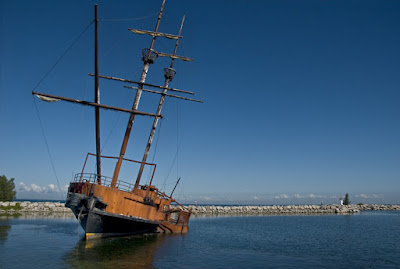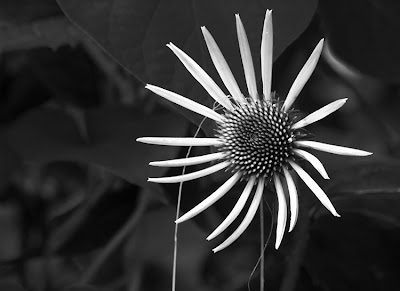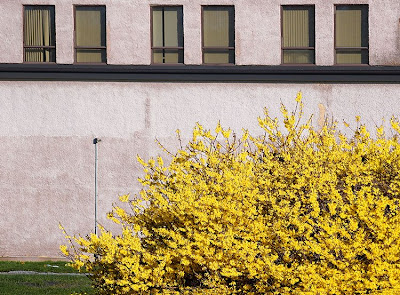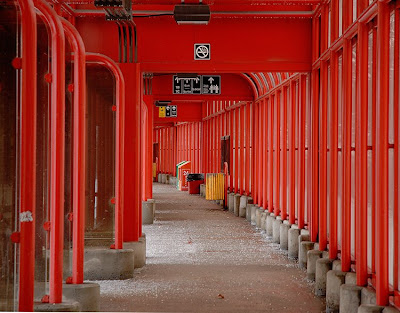Keeping things in proper working order means, that from time to time, looking under the hood, or in my case examining the inner workings of my mind to see how well it’s working and if I need a tune up.
By trying to explain a bit about why I like to write these articles and illustrate some of my images, it forces me to examine more about myself, and that may lead to new understandings and most importantly a clearer vision of where I need to go in the future.
Feedback from you would be greatly appreciated, as I don’t have all the answers.
I’ll throw in a few pictures to help those of you who aren’t big on self-awareness sessions like this.

A Milestone – at least a small one
I have been posting ‘My Camera World’ photography blog for a year now and for me that’s an achievement. A fair number of you have been along for the journey and that may be a bigger achievement.
I want to give a big thanks to all of you for hanging in and also to those who have joined along the way.
Why do I blog?
The 2 main reasons why I started to blog where;
- To get exposure as an artist and to help with print sales, and
- To give back to the photographic community.
While I like to think that the first part was the most important, it really wasn’t that strong a drive, as I should also have been updating my web sites and portfolio.
Giving back or sharing knowledge was the most important as I, in my learning journey, receive a lot of help from many photographers and artists in developing my skills. I still get and need help today and hopefully will forever. If you are not exploring and learning then you may be stagnating.
Along the way I found other motivations to continue blogging.
One is that it forces me, in a positive sense, to take more photos and to challenge myself and improve my artistic capabilities.
The best part is that I have connected with some wonderful people and should we eventually meet in person I am sure we would have a wonderful time together either chatting or going about and taking photos.

Blog Format
I decided to only publish once a week, as I wanted articles to have a little depth, a story and to include more than one reasonable picture.
With a day job that pays for the fun I have with photography and a lovely wife that I enjoy spending time with and maybe being a little lazy I find that I don’t have the time to publish more than once a week. Part of the problem is that I am a consummate tinker and I will for the pure pleasure spend at least an hour on each photograph to bring out the best qualities and to give a bit of vision to each image.
Writing does not come naturally to me. I have to work hard to structure my thoughts into coherent and readable text that you might be able to understand. Sometimes I think my mind is a big round-about with too many off ramps for divergence. I am also lucky to have my wife as my chief editor.
I have been planning to do two part series on Sharpening techniques and White Balance and these would probably be a mid week post. It takes time, as I need to create every image I plan to use as examples.

My Photography Career
My interest is art. Almost all forms and from a previous articles you saw some of these examples.
I would never make it as a professional photographer as I have a habit of wanting to do things my way and to my standards. This means spending whatever time it takes to get it perfect or whatever that means as an artist. With this model, productivity would be low and I would have to work many hours to make some reasonable income.
I abhor failure in myself and rather than fail I’ll just keep some images as unfinished works. This is why I don’t do Weddings. The client’s expectations for the single event, with no way to redo it, would be too much stress for me.
I have taken some pictures at a few friends weddings for fun and the couples, on a few occasions, liked my work better than the photographer they hired. It was great to give them images of their special day for free.
I try to develop and print a few images that people would be willing to hang on their walls. I don’t need to make a lot of money this way, but I try and charge an amount that is reasonable and at the same time is not a give-away price. I want people to appreciate these works and be willing to invest a little to get a signed and numbered piece of art. I do print images in smaller sizes, 8x10 or less, that I don’t sign and sell for less.
I will be retiring soon from a career type job (IT project management) and that will give all the time I need to pursue and chase the things I love and to finally to have more time for painting.

Where do I go with the Blog?
Just like it never hurts and only helps to reflect on your artistic vision, the same is true when you blog. In some ways blogging is an artistic outlet and here I am at the very beginning of learning.
The lame name I originally picked (My Camera World) was just a quick thought about discussing my photography and the equipment I use. I have not really discussed much about equipment, as there are so many good sites already and therefore I am not sure that I can add much.
I have been trying to focus on creativity ideas as an artistic expression related to composing and enhancing photographic images. It seems to be working as the readership (feedburner count) slowly increases and there have been other web sites or blogs that have referenced a few my articles.
I have been planning to move to the Wordpress platform as it will provide for tab pages where I can now incorporate my print images, FAQ and other material into one software package.
My web site (so out of date now) is called ‘ Light and Colour on Canvas ’ since I paint and print photos on canvas, so it seemed an appropriate title. I will probably call the new site ‘Light and Colour’ and would keep both sites running until I feel that it has fully transferred onto the new site, not just users, but reasonable search finds.
I am a little unsure about the content for future articles, but for the most part I would still like to describe how I approach my creating and editing. My technique is not necessarily the right way or best way. Just one person’s approach to art and hopefully it might help some people with their creative ideas.
I currently only show my images, because I feel that I should be able to demonstrate any techniques myself. This does make it a little harder as I have to plan and then shoot the photos for articles. There are so many good images available it would be easier to ask to use these, but somehow I feel it is better if you see my struggles.
I definitely would like to hear about any ideas you might have with articles I should write or any comments on these thoughts in this article.

Reader Interaction
This blog does not get a lot of reader interaction. I am not really sure why. The obvious conclusion is that the writing style does not lend itself well to comments.
I am just an ordinary person on a continuous and life long learning journey. I don’t know everything, but what I do know is that when we get together we learn more by sharing with each other. There is not a photographer that I could not learn something new from.

Summer Holidays and Postings
This August I will be going to Denmark to visit my family, which as I mentioned last week, I only discovered existed in 2005. This is so cool as I always wanted to be from a large family and now its come true. I will try to have a few posts pre-created to publish every second week. I am not sure of my ability to post in Denmark plus all my images are in RAW format. If I try and save in JPEG format also - wow! Where do I get terabyte memory cards?
If any of you would like to write an article in a similar approach, please contact me.

Your thoughts?
Please fill in the blank space here, as I would like to hear from you. Not just the Good, but the Bad and Ugly. (I did enjoy that old western movie)
Thanks again,
Niels Henriksen
A “Photographer’s Showcase”
This highlight does come with a bit of a warning as once I saw the utterly stunning images, I started to doubt that I would ever be able to get near this point of photographic greatness.
A recent article at the Luminous Landscape made reference to a photo book 'Landscapes of The Spirit' created by William Neill that was out of print but the photographer had decided to publish in an eBook (pdf) format.
A few sample images convinced me to purchase the ebook for $15 and it was well worth the price. The author has decided to restrict printing, which is fine by me. I may explore this approach for some books I would like to create.
He does have a few hardcover books left that he will sign and sell for $80.





























